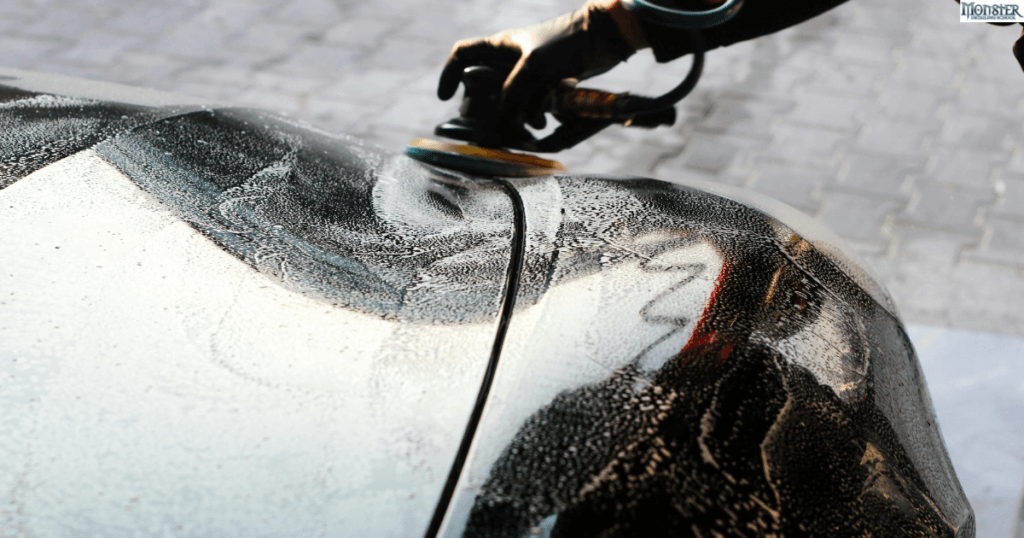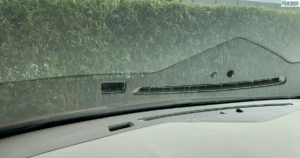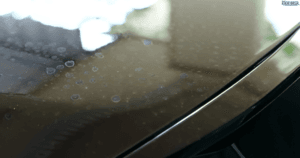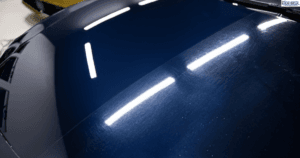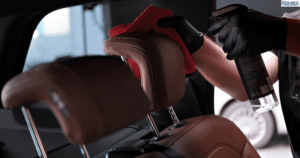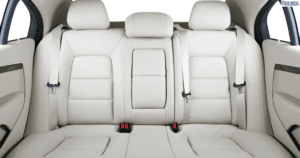At Monster Detailing School, we often get asked this important question: Should you wax a car after polishing? Whether you’re an auto enthusiast or someone who simply wants to maintain your car’s shine, the answer is a resounding yes!
Waxing your car after polishing is a crucial step that enhances its appearance and provides much-needed protection.
In this blog, we’ll tell you why waxing is important after polishing, the benefits it offers, and how it can extend the life of your car’s paint.
Understanding the Difference Between Polishing and Waxing
Before diving into the reasons why you should wax after polishing, it’s crucial to understand the difference between these two processes.
What is Car Polishing?
Polishing is a method used to restore the appearance of your car’s paint. Over time, your car’s paint can develop imperfections like scratches, swirl marks, oxidation, and fading due to exposure to the elements. Polishing involves using a mild abrasive to remove a very thin layer of paint, thus correcting these imperfections.
Polishing gives your car a fresh, glossy look by revealing a new layer of paint that was hidden beneath the damaged surface. However, polishing does not provide any protective layer, it’s purely for restoration.
What is Car Waxing?
Waxing, on the other hand, is all about protection. Once your car has been polished, applying a layer of car wax creates a barrier that shields the paint from environmental damage. Wax protects the paint from UV rays, dirt, bird droppings, and other contaminants that can dull or damage the surface. It also enhances the shine created by polishing, giving your car a showroom-like finish.
Read More: From Tinting to Drying: How Long Does the Window Tinting Process Take?
Why Waxing After Polishing is Essential?
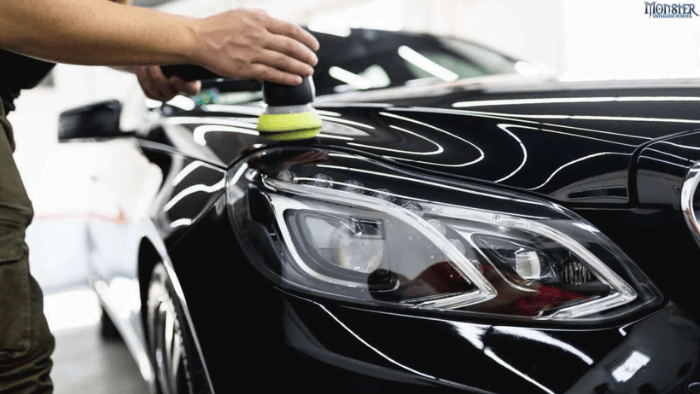
1. Protection from Environmental Damage
Polishing strips away minor imperfections but also removes any protective coating that may have been present on the paint. Waxing replaces this protective layer, shielding your car’s paint from harmful UV rays, moisture, and dirt. Without wax, the freshly polished paint is left exposed to the elements, which can cause it to fade or degrade over time.
2. Maintains and Enhances Shine
After polishing, your car’s paint will look glossy and new, but this shine won’t last unless it’s sealed in. Waxing locks in the glossy finish and enhances it by adding an extra layer of smoothness. The result is a mirror-like shine that makes your car stand out and keeps it looking fresh for longer.
3. Repels Dirt and Water
Wax creates a hydrophobic layer that repels water and dirt. This makes it much easier to clean your car in the future, as contaminants will slide off the waxed surface. This not only saves you time but also helps preserve the cleanliness of your car between washes.
4. Longer-Lasting Results
Polishing is a great way to restore your car’s appearance, but without waxing, the results won’t last as long. Wax acts as a sealant, preserving the polished look and protecting the surface from wear and tear. Regular waxing ensures that your car’s paint continues to look its best for months.
5. Saves Money in the Long Run
By waxing your car after polishing, you help protect its paint, which can extend the lifespan of the finish. This means you won’t need to repaint or polish as frequently, saving you money on repairs and maintenance in the long run.
Read More: How Much to Tip a Car Detailer
How to Wax a Car After Polishing?
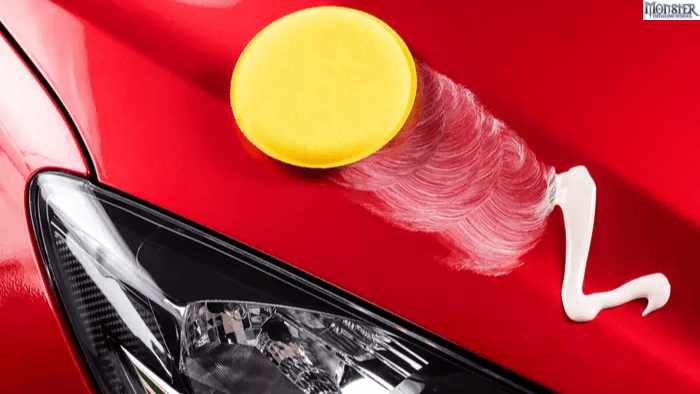
Waxing your car after polishing is a simple process, but it requires the right technique to get the best results. Follow these steps for a flawless finish:
1. Wash and Dry Your Car
Before applying wax, make sure your car is clean and free from any dirt or debris. Use a gentle car wash soap and a microfiber cloth to wash the surface. Dry the car thoroughly with a soft, lint-free towel.
2. Choose the Right Wax
There are several types of waxes available, such as liquid, paste, or spray. At Monster Detailing School, we recommend using a high-quality paste or liquid wax for the best protection and shine. Choose a wax that suits your needs. Paste waxes often provide longer-lasting protection, while liquid waxes are easier to apply.
3. Apply the Wax in Sections
Work in small sections, such as one panel at a time, to ensure even coverage. Use a foam applicator pad or microfiber cloth to apply a thin layer of wax in circular motions. Don’t apply too much wax at once, as it can be difficult to remove.
4. Let the Wax Dry
After applying the wax, let it dry for a few minutes until it becomes hazy. Check the product instructions for exact drying times, as this can vary depending on the type of wax used.
5. Buff the Wax Off
Once the wax has dried, use a clean microfiber cloth to buff it off, working in circular motions. This will reveal a smooth, glossy finish. Make sure to remove all excess wax for the best shine.
6. Repeat Every 2-3 Months
For the best results, wax your car every 2-3 months. This helps maintain the protective layer and keeps your car looking polished and shiny year-round.
Read More: How Long Does It Take to Detail a Car?
FAQs
- How often should I wax my car after polishing?
You should wax your car every 2-3 months to maintain the protective layer and keep the polished surface looking fresh. - Can I skip waxing after polishing?
It’s not recommended to skip waxing after polishing. Polishing removes imperfections but also strips away the protective layer, leaving the paint exposed. Waxing restores this protection. - What happens if I don’t wax my car after polishing?
If you don’t wax your car after polishing, the paint will be left unprotected. This can lead to faster fading, scratches, and damage from environmental elements. - What’s the difference between polish and wax?
Polish removes imperfections and restores shine, while wax provides a protective layer that enhances the shine and shields the paint from dirt, UV rays, and moisture. - Can waxing remove scratches from my car?
Waxing can fill in very minor scratches, but it won’t remove them. Polishing is needed to remove scratches, and waxing is applied afterward to protect the polished surface.
Conclusion
Waxing your car after polishing is a crucial step that shouldn’t be skipped. While polishing restores your car’s shine, waxing locks it in and provides essential protection. At Monster Detailing School, we offer expert polishing and waxing services education to keep your vehicle looking its best. Regular waxing not only enhances your car’s appearance but also extends the life of its paint by shielding it from environmental damage. Whether you do it yourself or let the pros handle it, waxing after polishing is a must for maintaining your car’s beauty and value.


